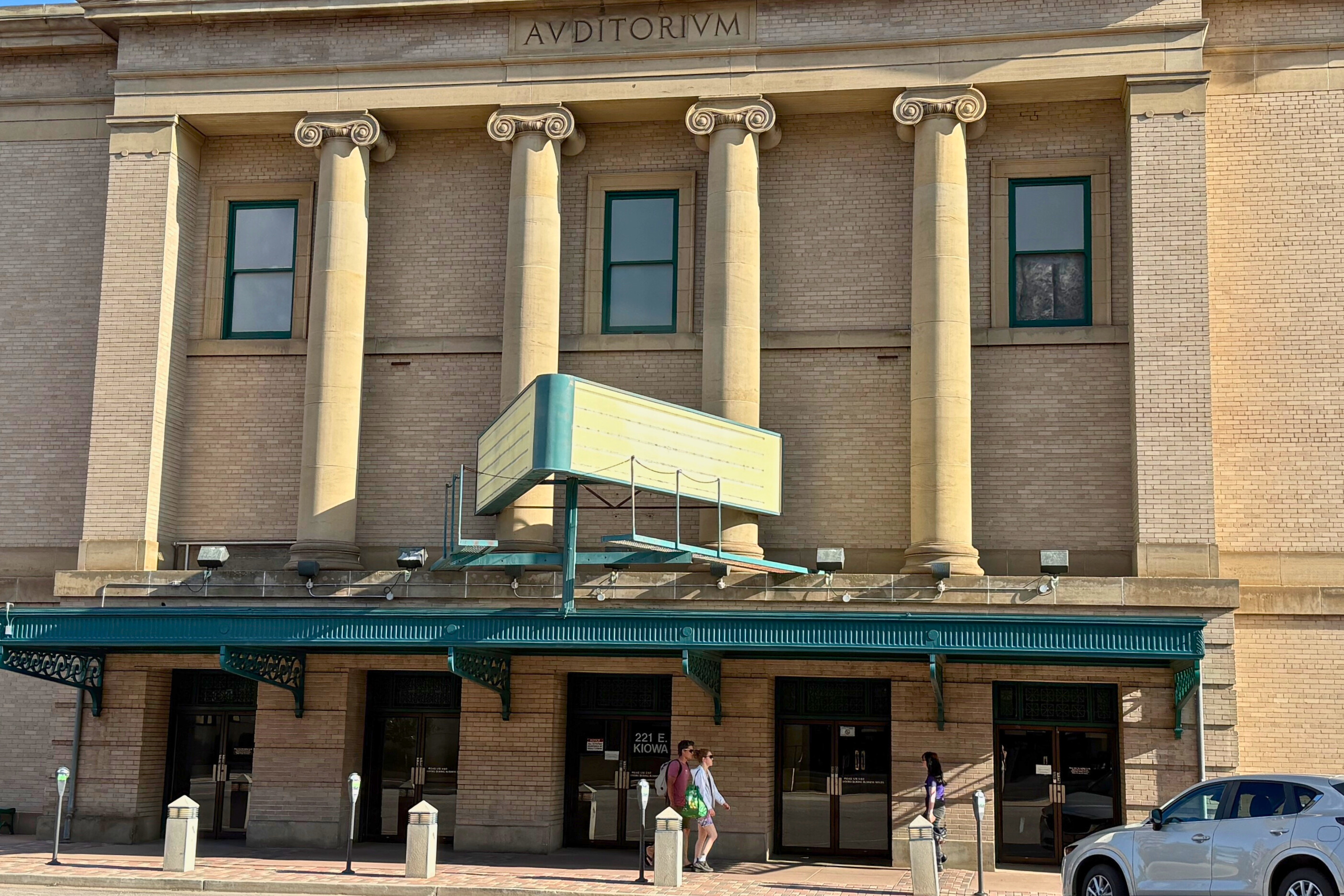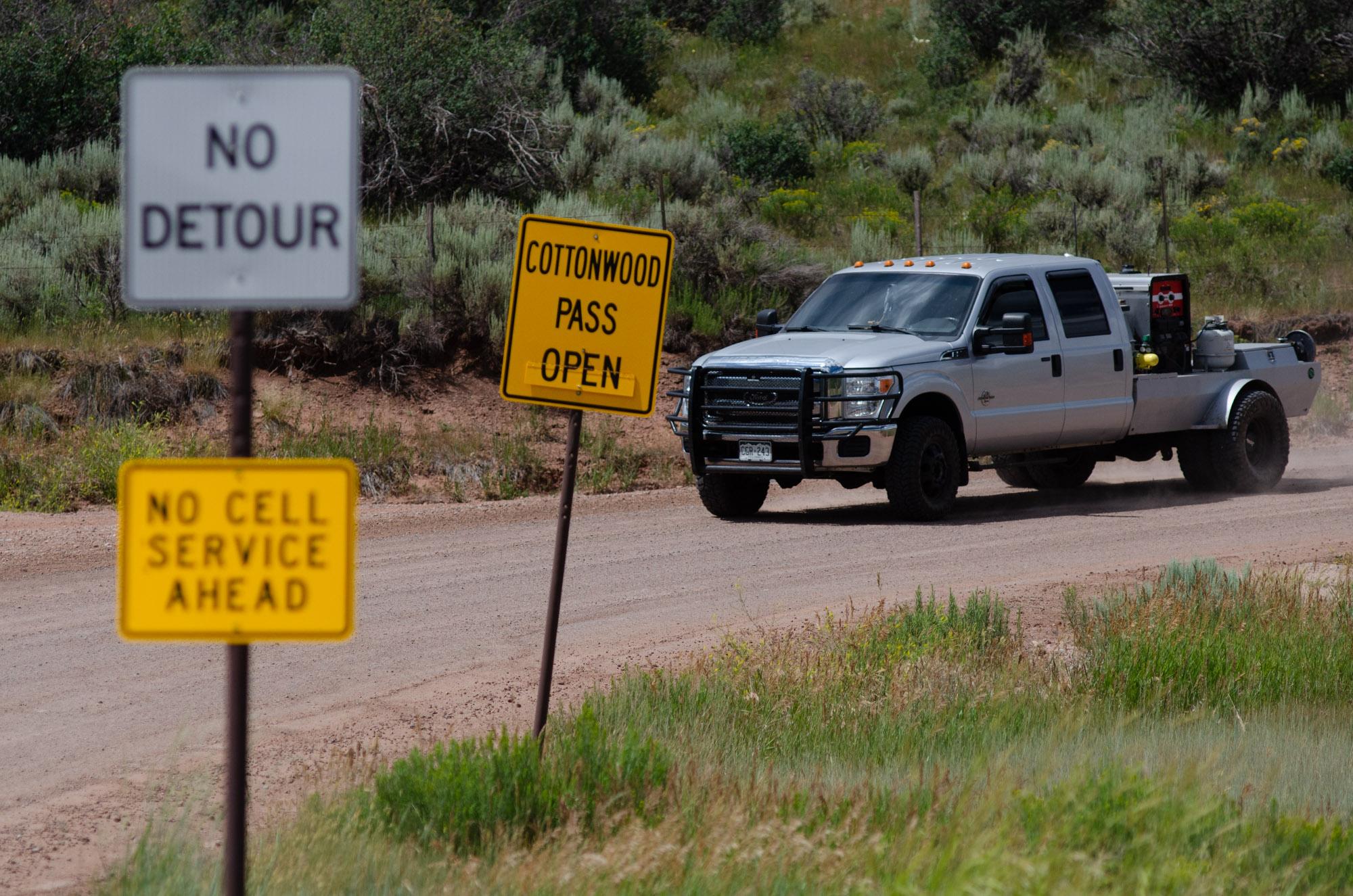
High above the bustle and traffic of the Vail and Roaring Fork valleys, the rolling hills and bumpy ridges that divide them have existed in relative quiet for decades.
That’s because highway builders chose to route Interstate 70 through Glenwood Canyon instead of north, through the Flat Tops, or south, over Cottonwood Pass.
The decision in the 1970s left Cottonwood Pass, a seasonal, steep, narrow dirt road that reaches about 8,000 feet at its summit, largely to locals who’d use it to commute between valleys during summer months. And to ranchers like Josh Wood, who’d use it to move cattle to higher ground in the spring.
“Not a whole lot of people knew about it,” Wood said from his family’s land adjacent to the road. “It wasn’t out like it is now.”
The secret is now very much out, thanks to more frequent closures of I-70 at Glenwood Canyon since the Grizzly Creek wildfire in 2020. The state Department of Transportation says debris slides and flash flood warnings closed the canyon 15 times in 2021 — the longest lasting about two weeks. One slide trapped more than 100 people in their cars overnight.
CDOT’s recommended detour routes sent motorists down highways through Steamboat Springs or Gunnison — but those can take four hours or more. So motorists, with direction from Google Maps, have turned to Cottonwood Pass for relief. That road went from carrying 200 cars a day to 200 cars an hour during a recent I-70 closure, said Jim Hancock, assistant town manager in Gypsum.
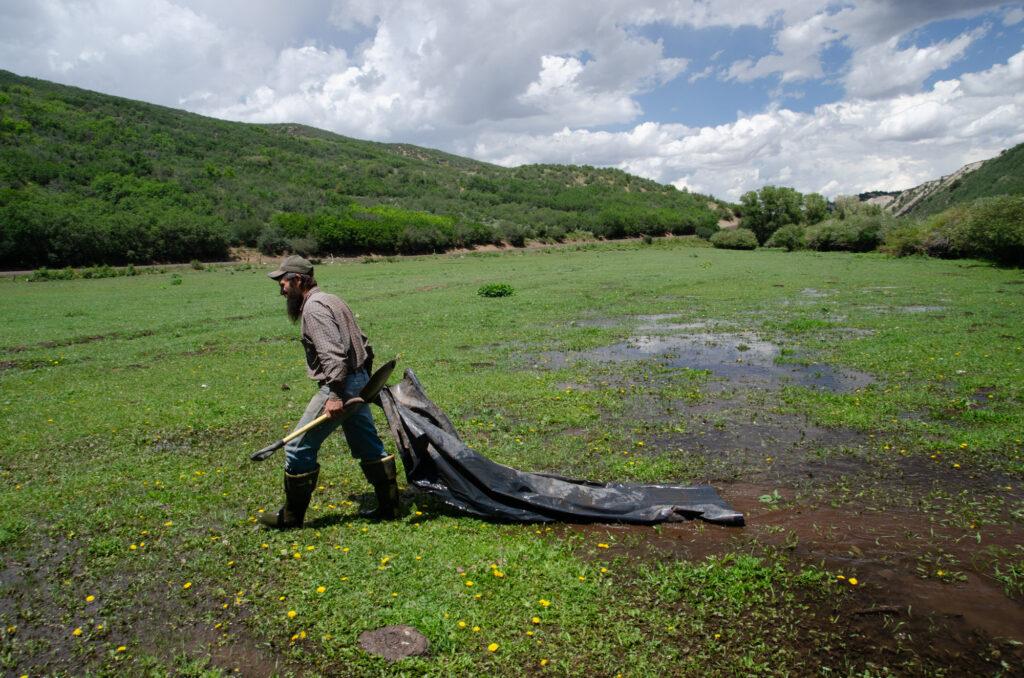
Wood and other residents say they’ve noticed.
“I call it the Cottonwood parade,” Wood said. “That’s how you know the canyon shutdown — because here comes the parade.”
Cottonwood Pass is not built for a parade. Its 26 miles wind along blind curves in some places, with bottlenecks so narrow that vehicles must take turns passing each other. Officials discourage motorists from using it as a detour and have even enlisted the National Guard to direct traffic.
Wood said bumper-to-bumper cars have made it difficult to work, whether that’s crossing the road on horseback or driving his truck from one part of the ranch to another.
“[Drivers] will start chewing me out or screaming at me or flipping me off,” he said. “I’ll stop and have a little chat with ‘em to explain the situation. This is what I have to do. Just because you guys want to come up here doesn’t mean that my work and my life doesn’t go on.”
Better road? Yep. I-70 alternative? Nope.
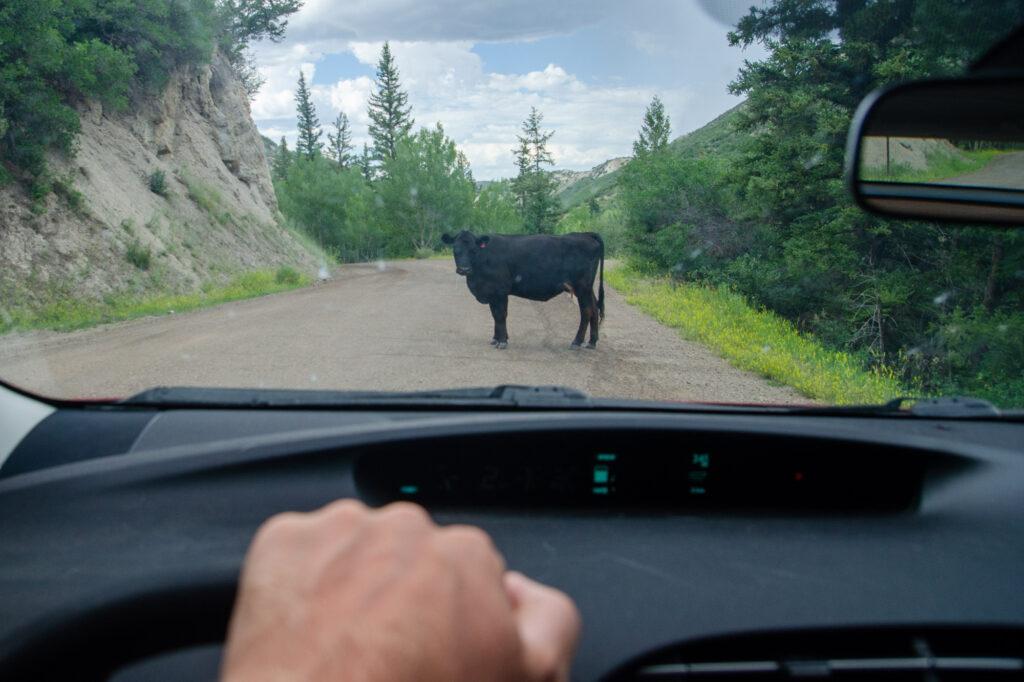
Local government leaders and state transportation officials are now attempting to walk a delicate line: They are beginning to plan a series of improvements meant to make the road safer for those who truly need it while avoiding attracting gobs of new traffic that would interrupt life in this once-quiet part of the state.
To strike this balance, CDOT and local governments have identified 14 specific sites for “very minor improvements,” including straightening curves and widening pinch points enough that two vehicles can pass each other.
Such improvements are not on the scale that some state politicians, like Sen. Ray Scott, R-Grand Junction, or business interests, have demanded. But they appear to be the limit that local officials and residents are willing to accept right now.
The half-dozen local residents CPR News spoke with at an open house in Glenwood Springs last week only cautiously supported basic improvements to Cottonwood Pass and opposed any large-scale projects. At the open house, attendees were asked to place stickers on a board to indicate their most pressing concern. The section titled “respecting corridor character” had far more stickers than any other.
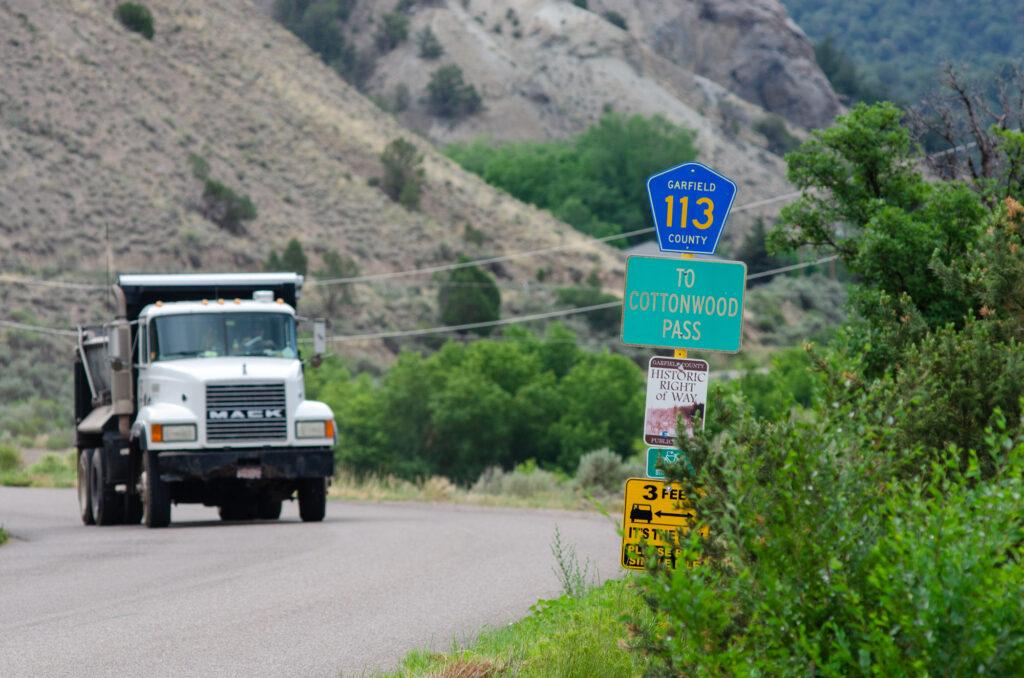
“Do I advocate for fixing it and making it a better road? Yes. But not turning it into a four-lane interstate over Cottonwood Pass, no,” Rep. Perry Will, R-New Castle, said in an interview at the open house.
Garfield County Commissioner Tom Jankovsky agreed.
“This would be a local alternative,” he said. “This would not be an alternative that trucks would travel on. It would be closed to semis.”
The state hears those concerns, and respects them, said Karen Berdoulay, a CDOT engineer.
“That’s why we’re really not looking to improve the whole entire highway,” she said.
CDOT will support whatever improvements local officials in Eagle and Garfield counties ultimately decide upon, the agency’s website says. A preliminary design is scheduled to be done by next year.
In the meantime, Berdoulay said CDOT’s main focus is to continue working to make I-70 through Glenwood Canyon more resilient. She said that the agency had spent a "significant" amount of money on revegetating and stabilizing the canyon's walls to help prevent debris flows.
“What we're finding is that it is working,” Berdoulay said. “We're getting storms of the same intensity that we had last year. We're getting those this year and we're not getting the mudslides.”







